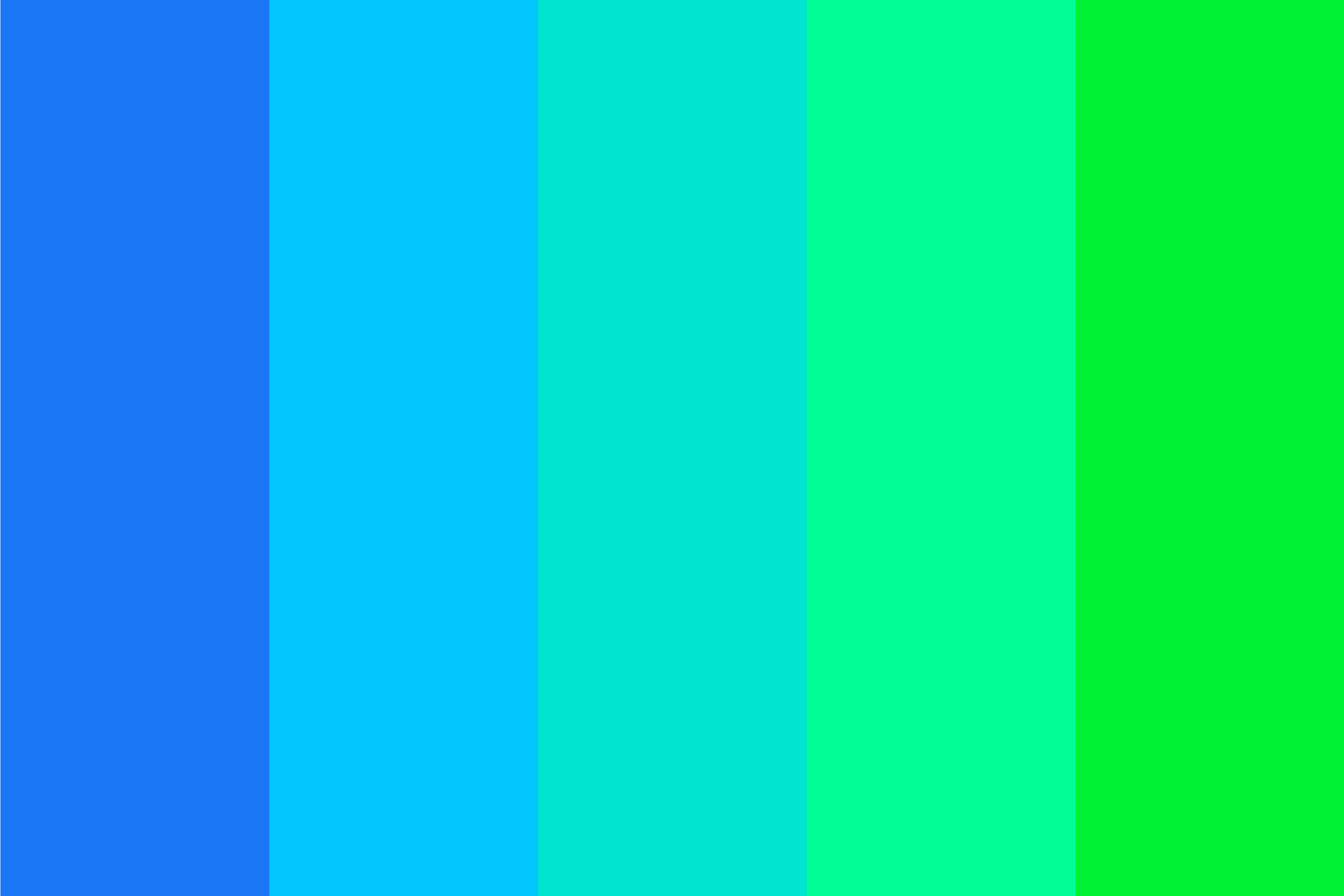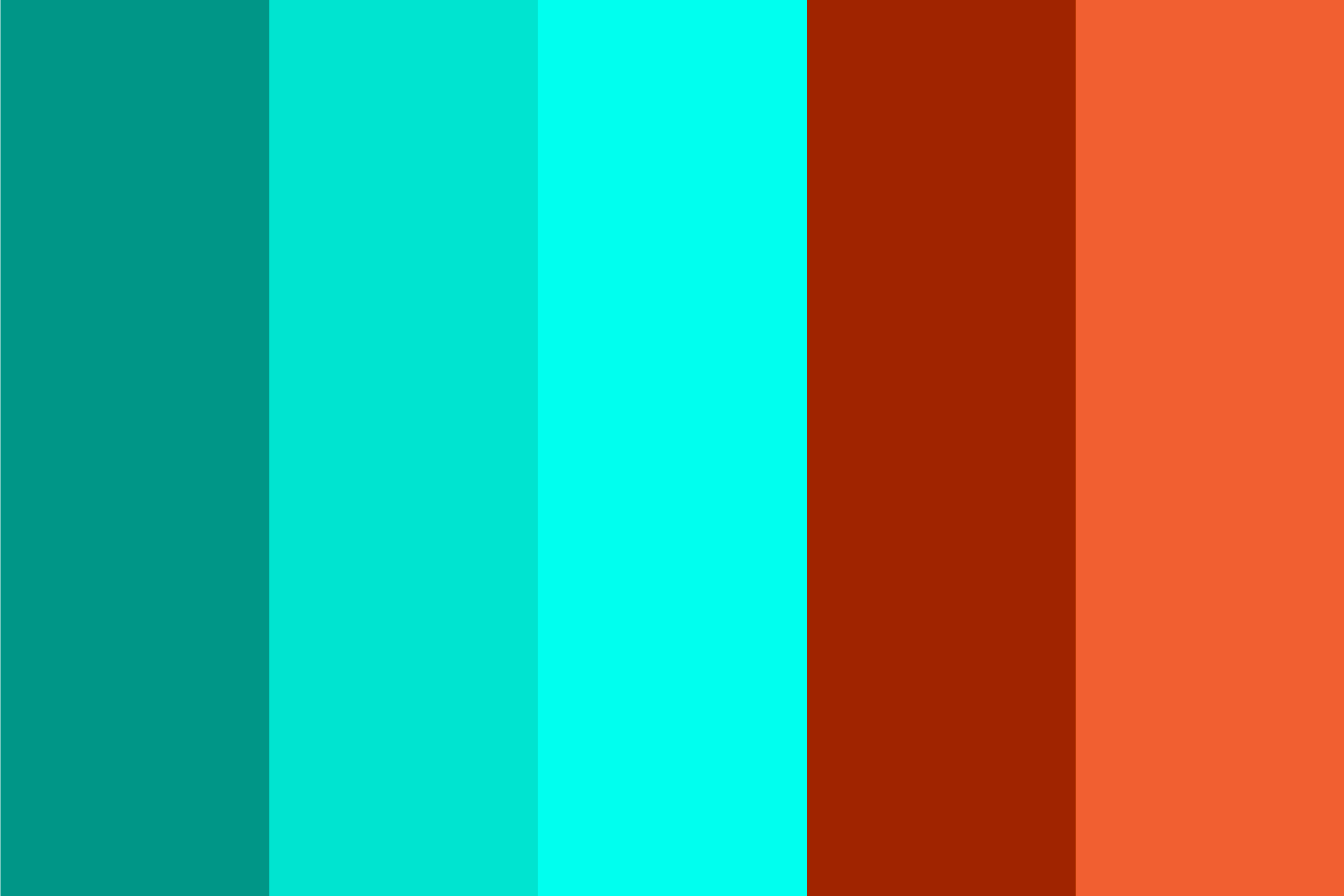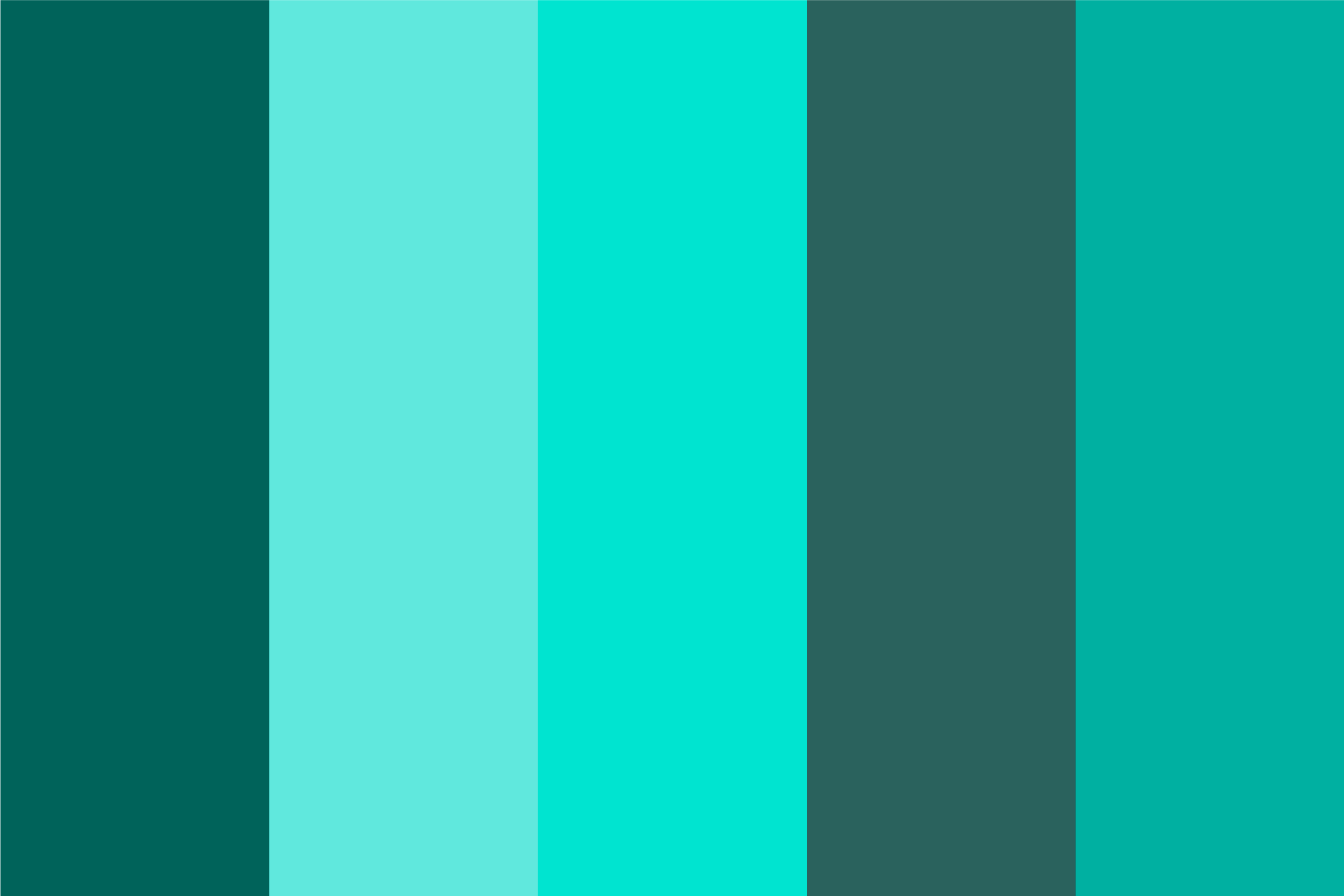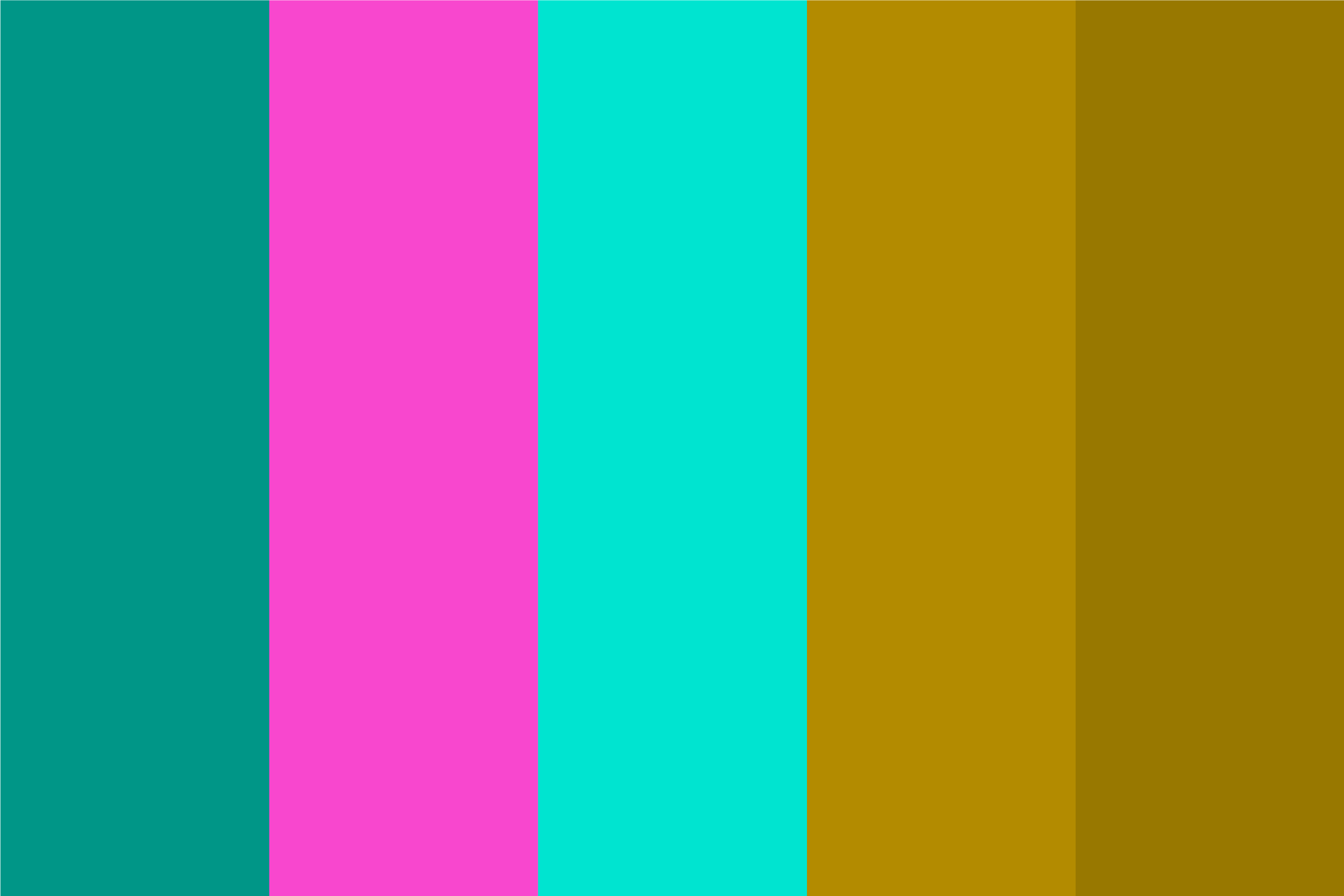This post may contain affiliate links. If you click one, we may earn a commission at no cost to you. Here's more details on how we make money.
In this post, we delve into the captivating world of the color turquoise, unpacking its history, meaning, uses, and unique characteristics.
Step into the world of color and allow us to take you on a journey with the enchanting hue of turquoise. This color, captivating in its beauty and soothing in its tone, has more than just visual appeal. It carries a rich history, potent symbolism, and varied usage that has spanned centuries.
From the turquoise domes of Central Asian mosques to your favorite summer dress, turquoise is a color that both intrigues and comforts, an eternal touch of the divine in our everyday life.
What Color is Turquoise?
Turquoise is a captivating blend of blue and green. But what does this mean in the language of color codes? Well, the turquoise hex color code is #40E0D0.
The turquoise color vibrates with a light that seems to come from within, thanks to its luminescent hue. On the color spectrum, turquoise falls between blue and green, embodying the calming stability of blue and the balance and growth associated with green. The blend of these two primary colors creates a balance between emotional calm and growth, leading to the invigorating and tranquil aura that turquoise exudes. When visualized in the RGB color model, which stands for Red, Green, and Blue, turquoise can be created by blending 25.1% red, 87.8% green, and 81.6% blue.
So, when you visualize the color turquoise, imagine a soothing ocean wave that calms and revitalizes simultaneously, the perfect harmony between the sky and the sea.
The History of Turquoise
The color turquoise, just like its namesake mineral, has a rich and exciting history that dates back thousands of years. It is named after the beautiful and rare turquoise gemstone, whose unique blue-green color has captivated civilizations since ancient times. The word 'turquoise' came into use in the 17th century, derived from the French 'turquois' meaning 'Turkish'. This was because the mineral was first introduced to Europe via Turkey, though it was mined in the historical Khorasan province of Iran, Persia, and present-day Afghanistan.
The first use of turquoise as a color name in English dates back to 1573. Its rich, distinct hue made it instantly recognizable, becoming a color highly sought after for various uses, including religious and ornamental purposes.
Cultures from the old and new worlds have held the turquoise gemstone in high regard, seeing it as a holy stone, a good luck charm, or a talisman. From the graves of ancient Egyptians to the necks and wrists of Persian elites, turquoise has often been associated with protection against unnatural death, with changes in its color indicating potential dangers.
The color has also found its place in architecture, most notably adorning the domes and interiors of large mosques in Iran, Central Asia, and Russia. The turquoise color, then, has moved beyond mere visual appeal, embedding itself deeply in cultural and historical narratives around the world.
The Meaning of the Color Turquoise
Turquoise, a striking mix of the serene blue and rejuvenating green, embodies tranquility, sophistication, and inspiration. It is a color that represents open communication and clarity of thought. Often associated with depth and wisdom, turquoise encourages spiritual grounding and helps inspire clear, constructive thinking.
In color psychology, turquoise is linked to the emotional stability and balance. It is also seen as a color of creativity, helping to open the mind to new possibilities and ideas. It is also linked to good fortune and success, mirroring the calming and peaceful qualities of the sea and the sky.
In different cultures, turquoise is associated with meanings and attributes including refreshing, feminine, calming, sophisticated, energy, wisdom, serenity, wholeness, creativity, emotional balance, spiritual grounding, friendship, love, joy, tranquility, patience, intuition, and loyalty.
It is a color that recharges and encourages us to take the leap and start on a new path, encouraging the clarity and direction needed for growth.
How to Use Turquoise?
From fashion to interiors, the color turquoise is a versatile hue that can elevate any space or design. In fashion, turquoise makes a bold statement, making it a perfect choice for an accent piece such as a statement necklace or a striking handbag. Turquoise clothing items or accessories can bring a pop of color to an otherwise neutral outfit, offering a refreshing change from the usual blacks, whites, or grays.
In home decor, turquoise can bring a sense of tranquility and calm to a room. A turquoise wall, for example, can make a room feel serene and inviting, while turquoise accents, like cushions or vases, can brighten up a space and give it a fresh, modern feel.
Turquoise is also popular in graphic design due to its versatility. It can be bold and dynamic for attention-grabbing headlines, or it can be soft and subtle for soothing background tones. Turquoise is also a popular color for branding and logos, as it conveys a sense of reliability and open communication.
In summary, turquoise is a universally appealing color that fits a variety of contexts, from clothing and interior design to branding and art.
Similar Colors to Turquoise
Turquoise has many charming relatives in the color family. Here are five colors that share a close bond with turquoise:
- Aquamarine
- Teal
- Cyan
- Sky Blue
- Mint Green
What Colors Go with Turquoise?
Wondering how to complement turquoise in your next design project or fashion ensemble? Here are five colors that harmoniously pair with turquoise:
- Coral
- Cream
- Deep Pink
- Gold
- Navy Blue
Turquoise Color Information (Hex Code #40E0D0)
Turquoise is a visually striking color that stands out due to its unique combination of blue and green. This unique blend results in a hex color code of #40E0D0. It has an RGB decimal value of 64, 224, 208 and an RGB percentage value of 25.1%, 87.8%, 81.6%. When translated into CMYK, turquoise gets a value of 71, 0, 7, 12.
In terms of the HSL model (Hue, Saturation, and Lightness), turquoise has a hue of 174°, a saturation of 72.1, and a lightness of 56.5. Its HSV or HSB (Hue, Saturation, Value/Brightness) is 174°, 71.4, 87.8. The Web Safe version of the color is #33CCCC.
The CIE-LAB, XYZ, CIE-LCH, CIE-LUV, Hunter-Lab values are critical for professional color matching and printing, which are, respectively, 81.265, -44.079, -4.035, and 40.151, 58.952, 68.934, and 81.265, 44.263, 185.23, and 81.265, -59.018, 0.719, and 76.78, -41.02, 0.515. The binary code for turquoise is 01000000, 11100000, 11010000.
Turquoise Color Code Conversion
The hexadecimal color of turquoise is #40E0D0. Below is a table that provides you with the various ways to represent the color turquoise:
| CODE | VALUE | HTML/CSS |
|---|---|---|
| Hex | 40E0D0 |
#40E0D0 |
| RGB Decimal | 64, 224, 208 | rgb(64, 224, 208) |
| RGB Percent | 25.1, 87.8, 81.6 | rgb(25.1%, 87.8%, 81.6%) |
| CMYK | 71, 0, 7, 12 | |
| HSL | 174°, 72.1, 56.5 | hsl(74, 72.1%, 56.5%) |
| HSV | 174°, 71.4, 87.8 | |
| Web Safe | 33CCCC | #33CCCC |
| CIE-LAB | 81.265, -44.079, -4.035 | |
| XYZ | 40.151, 58.952, 68.934 | |
| CIE-LCH | 81.265, 44.263, 185.23 | |
| CIE-LUV | 81.265, -59.018, 0.719 | |
| Hunter-Lab | 76.78, -41.02, 0.515 | |
| Binary | 01000000, 11100000, 11010000 |
Turquoise Color Schemes
Here are the common turquoise color schemes based on the color wheel theory:
Analogous

Complementary

Shades

Monochromatic

Triad

Turquoise Color FAQ
What colors make turquoise?
Turquoise is made by mixing blue and green until you achieve the desired hue. It can also be made by combining blue with a small amount of yellow.
Is turquoise a blue or green?
Turquoise is a color that falls between blue and green. It combines the calming serenity of blue with the balance and growth of green.
What colors go with turquoise?
Turquoise pairs well with a variety of colors including coral, cream, deep pink, gold, and navy blue.
What color goes with turquoise?
A single color that pairs exceptionally well with turquoise is coral. The warm tone of coral perfectly complements the cool serenity of turquoise.
How to make turquoise color?
Turquoise color can be made by mixing blue and green. The specific ratio will vary depending on whether you want a more blue-green or green-blue turquoise.
Is turquoise and teal the same color?
While similar, turquoise and teal are not the same color. Turquoise is a blue-green color, while teal is a medium to dark greenish-blue.
What does the color turquoise mean?
Turquoise symbolizes tranquility, sophistication, and inspiration. It is associated with open communication, clarity of thought, and emotional balance.
What color does turquoise look like?
Turquoise is a vibrant color that is a blend of blue and green. It resembles the hue of the turquoise mineral.
What is the color code for turquoise?
The hex color code for turquoise is #40E0D0.
Conclusion
The color turquoise is more than just a pleasant hue to the eye; it’s a color steeped in history, loaded with meaning, and versatile in use. From its origins in the mineral world to its prevalence in contemporary design, turquoise is a color that invites serenity, creativity, and balance into our lives.
Selecting a color for your next design project or simply curious about the world of color, turquoise provides an endless well of inspiration.



